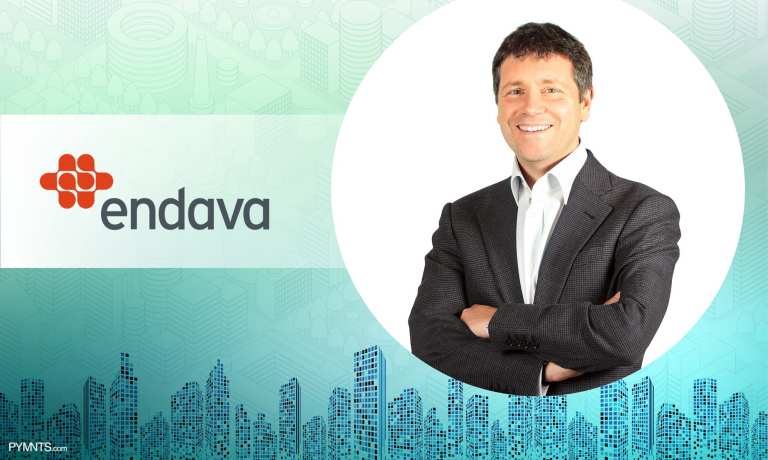
In The Connected Economy’s Power Source – CEO Edition, John Cotterell, CEO of Endava, explores how the ongoing digital transformation is resulting in payments becoming less about distinct actions, and more about a single, seamless and automatic event.
The world of payments has undergone dramatic changes over the past years for payments providers, merchants and consumers. The payment process is becoming more automatic and commodified. Instead of paying for items at a register with a card dip at my grocery store, in the near future, I will simply walk out, and the items will be automatically charged to the pre-selected method of payment.
Thus, as this transformation progresses, payments will be experienced less and less as distinct actions. They will become an integral part of overlying events, with the payment preference and timing being planned in advance or dynamically adjusted during the event, based on artificial intelligence (AI) or special offers, for example.
For businesses, this transformation involves reimagining the buying process: from a purchase resulting in an invoice to a framework where a certain set of deliverables (goods or services) has agreed-upon acceptance and payment terms that result in a data exchange. This data is then inputted into automated workflows and AI processes, resulting in a seamless transfer of funds, whether within a country or across borders.
For consumers, an even more frictionless buying experience will arise, with the payment step seamlessly integrated. One example could be the automotive space, where connected car technology may lead beyond payments for things like fuel, tolls, parking or food, to on-demand insurance and usage or rental fees. Getting closer to their customers will enable payment providers to deliver on these frictionless and automatic experiences.
While being a seamless part of an event, these will still be push payments. This points to another key transformation that demonstrates an important advantage from the early days of payments, when the owner of the funds controlled the actual disbursement of the funds. Today, the danger of seamless or automatic payments is that control over the payment may shift from the payer to the receiver. Looking back into the cash era, it would be as if we were handing our wallet to a merchant and letting them pull the money out.
In short, the transformation in payments will lead to the actual payment itself becoming somewhat invisible. It will become a given – a seamlessly integrated part of the event triggering it.
The timeframe for this transformation to take full effect is challenging to predict. Of course, we are already experiencing the seamless aspects of paying for purchases, and this development will advance quickly over the next few years. However, for the consumer to regain control of their payments – i.e., moving from pull to push – there will be a lag until real-time payments become both ubiquitous and universally cost-effective.
Similarly, the business side of this payment transformation may also take some time to complete. Even 20 years after the paper check was supposed to die, it remained the primary payment method in the business world. However, the global pandemic accelerated the use of digital, contact-free forms of payment to replace it. This has been a tremendous first step. Ultimately, we will likely see a future in which this transformation accelerates at an exponential pace, which makes it all the more interesting for organizations and consumers.